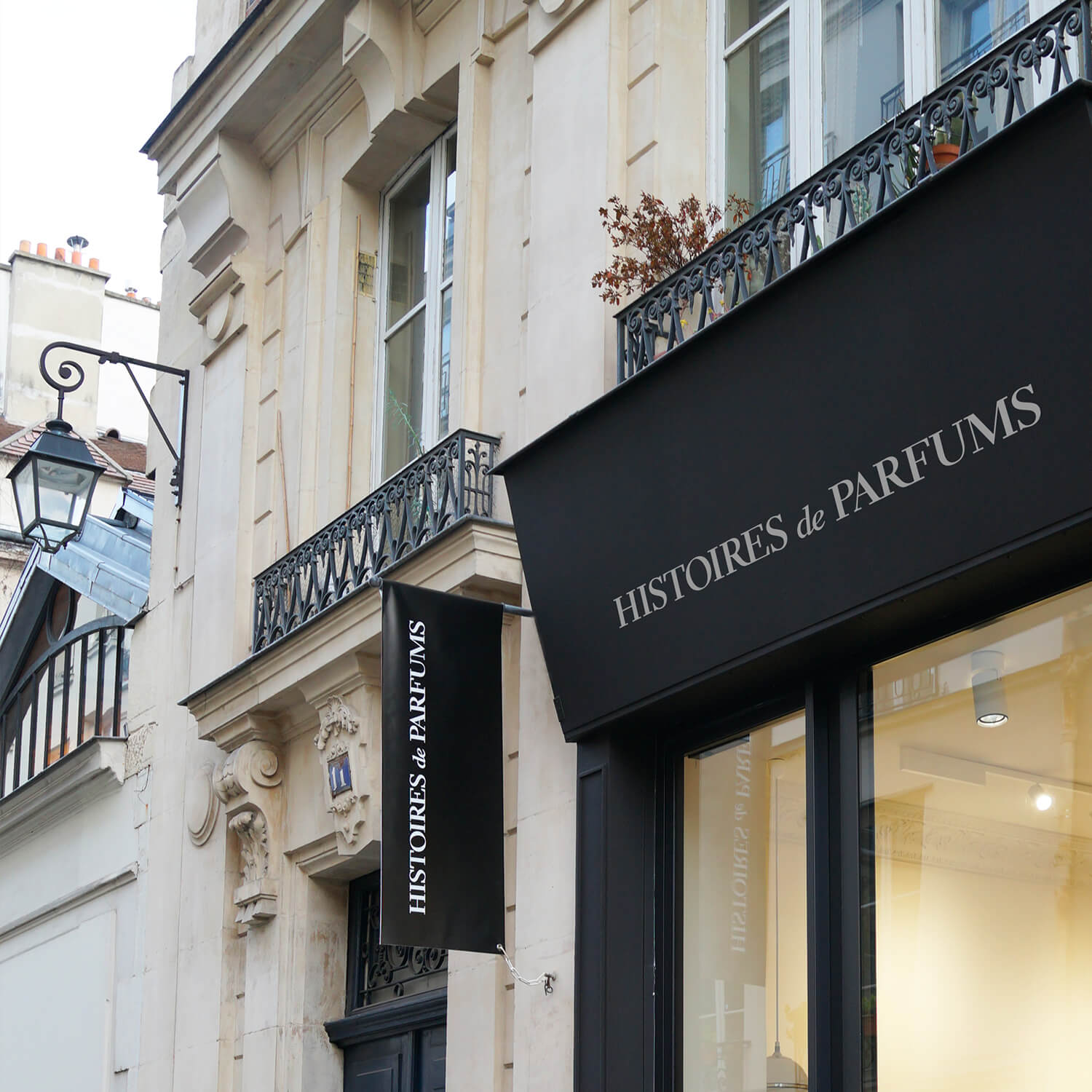March 24, 2808:
Construction of the Brongniart Palace

The first joint stock company was created in Toulouse, France. In the 13th century, the Bazacle Milling Company (a series of mills situated along the Garonne) joined to create a company in which each member could buy shares and receive dividends in kinds at the end of the year.
In the following centuries, the company's share-ownership continued to increase within Europe, and most significantly in Italian cities which were at the heart of global economies. With the discovery of the New World and increased trade, the number of stock exchanges grew exponentially throughout Europe, mostly in the North due to the English ports and provinces that attracted a significant amount of trade.
While the stock market expanded, these first stock exchanges remained local or regional and obscure. They were barely regulated and many people used them to earn money illicitly.
In 1774, faced with this anarchic dilemma, Louis XV decides that the kingdom's stockbrokers must come together at the same place, at the same time to hold an auction where the exchanges would be done in full transparency.
These stock-exchange locations soon begin appearing throughout the capital. People dabble on the stock exchange in the Vivienne Palace, at the Louvre, at the Royal Palace etc. In 1808, to put an end to this nomadism, Napoleon 1st orders the construction of a Stock Exchange Palace, confiding in Alexandre-Theodore Brongniart, a renowned architect of classic style art at the time, to complete the structure.
The project lasted 18 years and neither Napoleon 1st, dead in 1821 at St Hélène, nor Alexandre-Theodore Brongniart dead in 1813 in Paris, lived to see the building's inauguration. At the architect's death, Eloi Labarre took over the project and completed the building in 1825.
The stock exchange building, requested by Napoleon 1, resembled an antiquated temple. It was rectangular (69 meters by 41), with 24 columns on each facade and 80 along the sides. Statues were placed at each corner of the building symbolizing commerce, agriculture, industrialization and justice. The ceiling was decorated with paintings depicting the largest French cities and the main European stock exchanges.
The Brongniart palace housed Paris's stock exchange for over 150 years, with the last session taking place in 1996. Beginning in 1997, brokers began exchanging stocks by electronic transactions. Today, the Brongniart palace houses conferences, expositions and seminars.






Leave a comment
This site is protected by hCaptcha and the hCaptcha Privacy Policy and Terms of Service apply.